The land borders between West African countries are one of the things that make the countries see themselves as brothers. However, Cape Verde has no land borders but the brotherly connection it has with its African brothers is still as solid as the rest.
Cape Verde is an archipelago and island country located in the West African region of the African continent. It is located in the central Atlantic Ocean, consisting of 10 volcanic islands. The total land area is about 4,033 kilometers squares in area.
The most practiced religion in the country is Christianity, with Catholics being the overwhelming majority. Cape Verde has no land borders i.e., it has no neighboring countries like other African countries such as Benin, Burkina Faso, Nigeria, etc. However, it shares its maritime borders with Gambia, Guinea-Bissau, Mauritania, and Senegal.
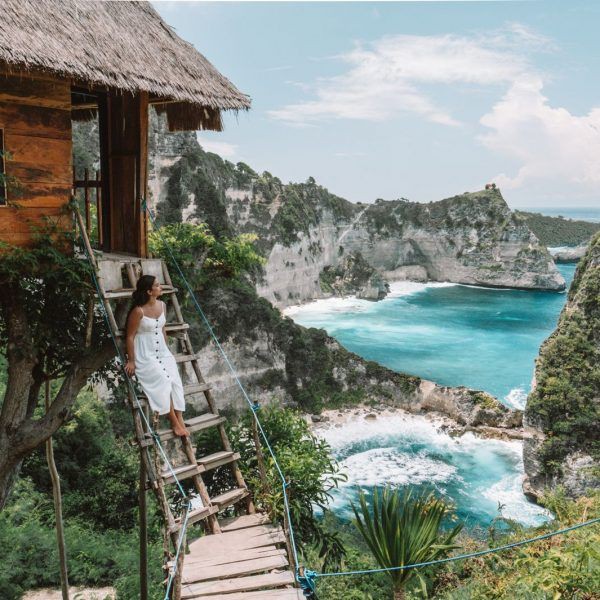
Here Are 13 Interesting Things About Cape Verde You Most likely Are Not Aware of;
Was Once A Joint Country With Guinea-Bissau
One of the interesting facts about Cape Verde was it was a joint country with Guinea-Bissau until 1980. Both countries fought for their independence using the African Party for the Independence of Guinea and Cape Verde (PAIGC) against the Portuguese in the early 1960s.
Portuguese Guinea was the first to have its independence in 1974, while Cape Verde got its freedom a year later. The relationship of these two countries was still strong even after they parted ways.
However, the Guinea-Bissau coup in 1980 strained the relationship between the two countries and led to them parting ways. After this, Cape Verde decided to create the African Party for the Independence of Cape Verde (PAICV)
Cachupa
Corn is a staple food in Cape Verde. Cachupa is the national dish of the country. Cachupa is a slow-cooked stew of corn, cassava, beans, sweet potato, fish or meat, and sometimes morcela (blood sausage).
Women cut and clean the vegetables before any of the important celebrations. Xerem is a type of cachupa. It is made of finely grounded corn.
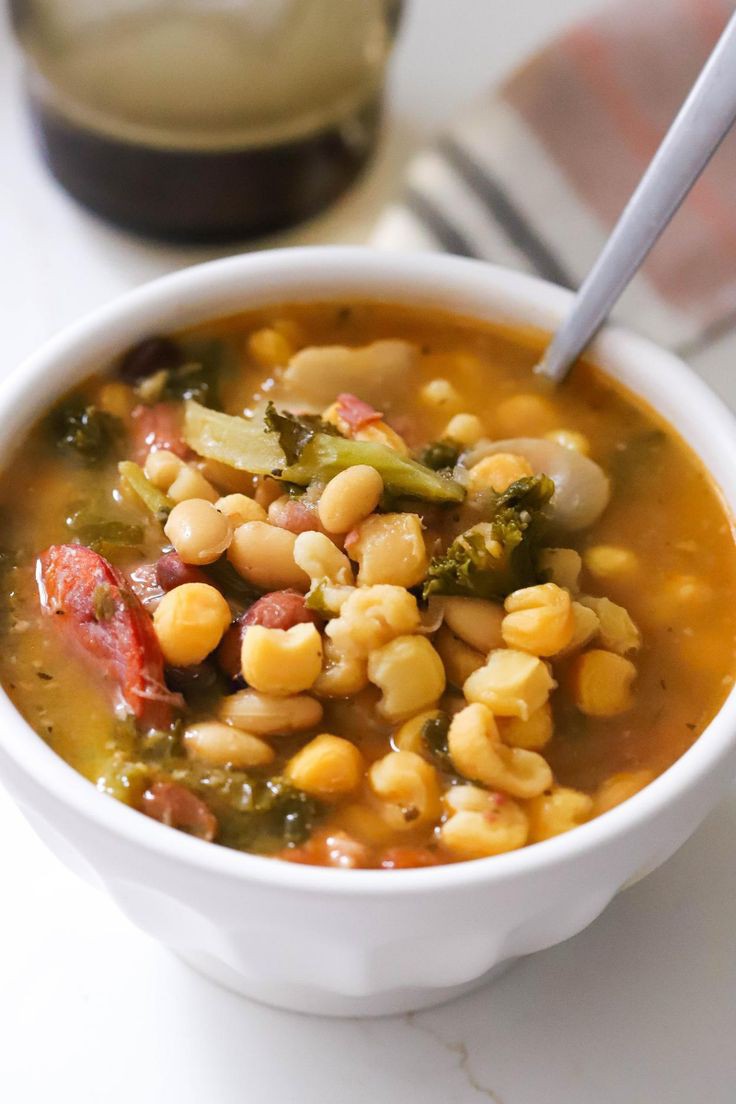
Each island has its own regional variation and the ingredients used in preparing them just differ. The version of the recipe called cachupa rica tends to have more ingredients than the simpler cachupa pobre.
Pico Do Fogo
The highest peak of Cape Verde is the Pico do Fogo. It is 2,829m tall above sea level. Pico do Fogo is a stratovolcano that is active and lies within the Fogo island.
The last eruption was in 1995 through the subsidiary vent The mountain slopes and carries the soda ash that is used in growing coffee. The only deadly eruption was in 1847 when earthquakes killed several people.
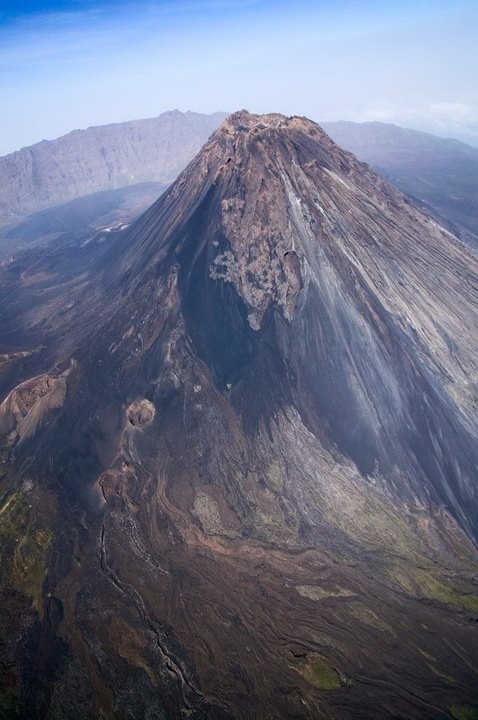
Fogo, which means “fire” in Portuguese is a hotspot volcanic. Its most recent eruptions occurred in 1951, 1995, and 2014. Pico do Fogo is the youngest and most active volcano in the Cape Verde Islands, a short chain of volcanic islands. A short chain of volcanic islands that are generally younger at the western end, formed at the African Plate moved towards the east over the hotspot.
Furthermore, Fogo consists of a single volcano, as the island is nearly around and about 25 kilometers long. The large summit caldera is not located in the center of the island, but rather towards its northeastern corner.
There is a trending eruptive fissures opened along the western flank of Pico. These fissures were formed inside the caldera between about 1500 and 1760 and the last eruption from the top was in 1769. As a result of the sliding of the east flank of the volcano, the caldera opens to the sea on the east side.
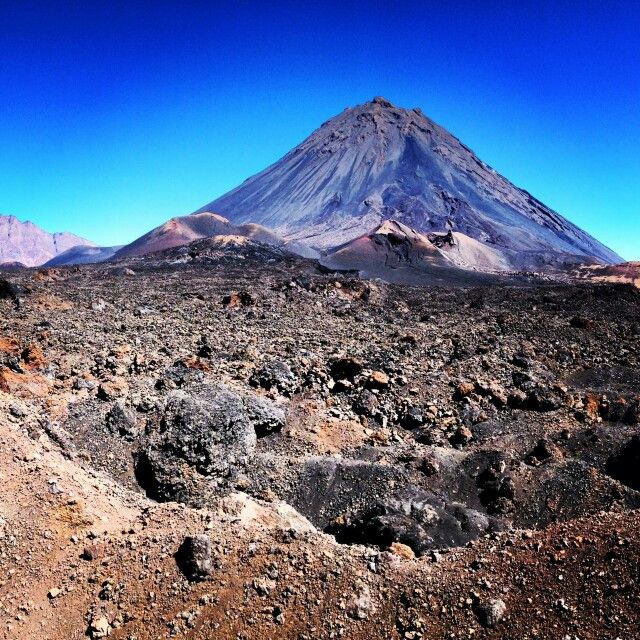
The mountain’s slopes are used to grow coffee, while its lava is used as a building material. There is a small village and a caldera near the peak of the Figo. Chãdas Calderiras is inside this caldera. The crater rim, which reaches 2700 meters in elevation is known as Bordeira.
Santiago Island
One of the Interesting facts about Cape Verde is its Santiago island. Santiago Island is the largest island in the country. This island is also home to the country’s capital, Praia. It houses 90% of the nation’s population and is the most African of all the islands, full of culture and life.
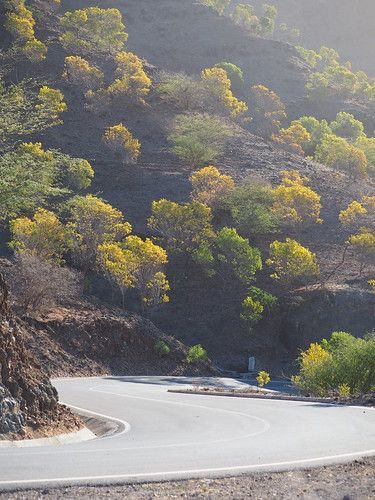
The island has fishing villages and deserted beaches scattered around it. The highest point is the twin peak Pico do Santo Antonio, which is one of the many mountains in the country.
Sugarcane Liquor
Sugarcane liquor is a popular drink on the Cape Verde islands, especially among the men. Traditionally, it is known as “rogue” and it is also referred to as the national liquor of the country.
It is manufactured on the island by farmers. The alcohol content is 40% because it always has its sugarcane distilled. Moreover, it shares similar characteristics with rum, both white and brown grog. It is a drink made for any occasion.
Although the white grog is not as smooth and ripened as its brown counterpart it is more commonly used as a base for a cocktail combo.
Santo Antão
Santo Antão is one of the ten islands in Cape Verde. It means “Saint Anthony”. The fourth most popular in the country is the largest of the Barloventa island group. This is the second-largest island of Cape Verde. The nearest island is São Vicente to the Southeast, separated by the sea channel Canal de São Vicente. Its population was 38,200 in mid-2019.

Wildlife
The wildlife of Cape Verde is found across its archipelago of ten islands. Except for bats, there are truly no endemic species of mammal in Cape Verde;
Historically, the archipelago was only accessible to creatures with the ability to fly or swim. In the later years, humans brought their livestock with them, including donkeys, pigs, cattle, and goats. However, many of the latter are now so wild, they resemble mainland ibex and are now considered endemic “by default”.
Since settlement began the centuries, more mainland species such as green vervet monkeys, cats, dogs, mice, rats, and rabbits would make their way with a wave of settlers. There are no snakes present in the archipelago, which has allowed for the proliferation of many other species like herptiles such as geckos, frogs, and lizards. The various birds of prey and raptors present include the Egyptian vulture, Eurasian buzzard, kestrel, osprey, peregrine falcon, and the rare Cape Verde kite.
Some of the wildlife species of Cape Verde are considered endemic, evolving over millions of years of isolation. In the process of development, many lands in the islands were converted to agricultural fields, and several hundred varieties of herbaceous plant and tree species were introduced.
However, efforts are now underway at reforestation to improve the wildlife of Cape Verde, with the reported planting of three million new trees yearly.
The Long-eared Bat
The long-eared bat is the only indigenous animal to the Cape Verde islands. Bat species on the island account for about 20% of all the mammals in the islands and the wildlife in the country. It is scientifically called Plecotus Austriacus.
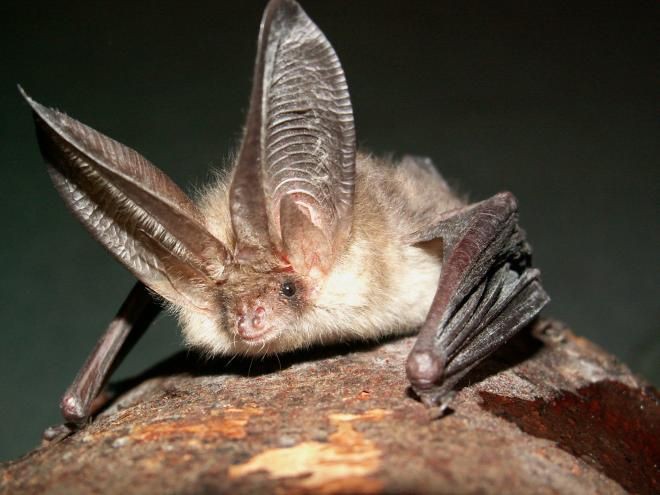
There is the grey long-eared bat and the brown long-eared bat. The difference in them is the shade of their belly. The long-eared bats hunt by day for months.
Praia
The village Praia de Sarta Maria was first mentioned around 1615 and grew near the national harbor. The ports of Santiago were important ports of call of ships sailing between Portugal and the Portuguese colonies in Africa.
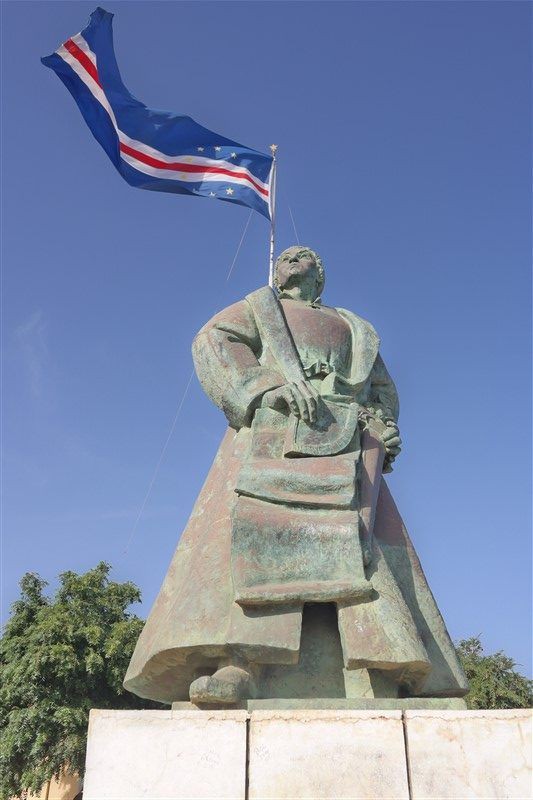
Praia and Riberia Grande(Cidade Velha) both suffered many pirate attacks between the 16th and 18th centuries. Some of the attacks were by Francis Drake and Jacques Cassard.
However, due to its strategic position on a plateau, it had better protection against pirate attacks. This gave it a large advantage over the older city of Ribeira Grande. It gradually superseded Cidade Velha to become the most important settlement of Cape Verde and became the capital in 1770. The naval battle of Porto Praya took place at Praia Habour on the 16th of April 1781.
The war was between the Great Britain and France, as Portugal was neutral. The war ended in a tactical draw. Praia was also the first stop of Charles Dawin’s Voyage with HMS Beagle in 1832.
In 1885, Praia officially became a city in 1858, which secured its status as the capital of Cape Verde concentrating political, religion and economic roles.

After independence in 1975, the capital underwent a demographic broom, receiving migrating movements from all the islands. As a result, over 50% of the entire population of the country resides in Santiago and nearly 29% in the municipality of Praia alone.
Its Soley Depends On Imported Foods
Cape Verde is also one of the many African countries that are heavily dependent on imported food. The country’s main imports are cereals, fruits, vegetables, beverages, and other foodstuffs. It also imports fuel and construction materials such as cement, granite, etc.
Cape Verde’s major international and important trade partners are Portugal and Spain. The country also maintains significant trade relationships with other African and Western countries
Creole
Creole is the main Cape Verde language. This language is based on a combination of Portuguese and African languages. The language is spoken by about 920,000 people mainly in the country. It is the first language of most Cape Verdeans and is spoken by their descendants in several other countries such as Angola, Brazil, Guinea-Bissau, Portugal, and Senegal.
Cape Verdean creole is known as creole or “kriol” by its speakers. Different dialects are spoken on the different Cape Verde islands but they are all considered one language by the Cape Verdean authorities.
So therefore, the official spelling system for that one language, creole, is known as ALUPEC (Alfabeto Unificadu Para a Escrita du Caboverdiano- Unified Alphabet for Cape Verdean Writing). However, not everyone in the country uses the system.
Rainy Islands Or Totally Dry Islands
There are many interesting facts about the 10 islands in the country. There are wet islands and there are dry islands in Cape Verde. Santiago, Fogo, and Santo Antao are the islands that see the most rainfall while Sal, Boa Vista, and Maio don’t see rain at all. The dry islands are level and don’t have any natural water supply.
These ten islands are divided into two parts. We have the Windward group, also known as the Barlevento group and the Sotavento group. The Barlevento group consists of Santo Antão, São Vicente, Santa Luzia, São Nicolau, Sal, and Boa Vista. These islands have jagged cliffs and erosion because of the high winds.
The Sotavento group of the islands consists of the Maio, Santiago, Fogo, and Brava.
Stable Government
Cape Verde has one of the most stable democratic governments in Africa. The country created a prominent way for implementing democratic government and that gives room for the electorates to elect those that hold leadership and government positions. In Cape Verde, The President holds office for a five-year term.
Conclusion
Cape Verde is not a country full of natural resources but the economy of the country is very stable.
Cape Verde is an interesting place to be. It is one of the best places to have your holidays on the continent.









